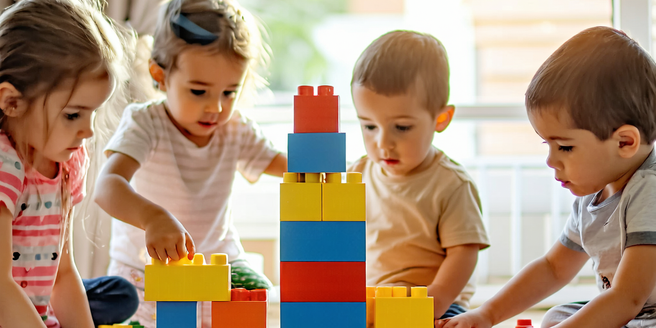
The Importance of Creative Play in Child Development
Creative play is a crucial aspect of child development, as it fosters essential cognitive and emotional growth. Through imaginative activities, children learn to think critically, solve problems, and express themselves in unique ways. Playing creatively enables kids to explore numerous possibilities, leading to enhanced decision-making skills. It also encourages emotional intelligence by helping children understand and manage their feelings, as well as empathize with others. Parents and educators should actively provide opportunities for creative play to support these developmental benefits. By engaging in pretend play, children experience different roles and perspectives, fostering social skills and cooperation. Moreover, creative play supports language development, as children experiment with new vocabulary and storytelling techniques. Thus, creative play forms a strong foundation for lifelong learning and social interaction.
Tips to Foster Imaginative Play at Home
Creating an environment that encourages imaginative play at home is key to nurturing your child’s creativity. Start by providing a variety of open-ended toys, such as blocks, art supplies, and dress-up clothes, that allow children to explore their imagination without constraints. Designate a play area that is safe, inviting, and free from distractions such as electronic devices. Encourage role-playing activities by participating in pretend scenarios or creating stories together. Allow your child time and space to play independently, fostering their ability to self-direct and entertain themselves. Additionally, rotating toys and introducing new materials can keep their interest alive and inspire fresh ideas. Lastly, be supportive and show interest in their creative endeavors by asking questions and enjoying their imaginative stories and creations.
Benefits of Open-Ended Toys and Materials
Open-ended toys and materials are essential tools for encouraging creativity and exploration. Unlike conventional toys, which often dictate specific outcomes or use cases, open-ended toys allow children to define their own play scenarios. These toys, such as building blocks, clay, and fabric pieces, nurture creative thinking by supporting numerous possibilities and interpretations. Children gain critical problem-solving skills as they test ideas and learn from trial and error. Such toys also promote independence, allowing children to lead their play without predetermined guidelines. Furthermore, they foster social skills when children work together to create shared narratives or structures. Open-ended play encourages resourcefulness and adaptability, qualities that are invaluable throughout life. By investing in open-ended toys, you support a child’s innately curious nature and passion for discovery.
Encouraging Social Skills Through Creative Group Play
Creative group play provides an excellent platform for children to develop social skills. By engaging in collective play activities, children learn to communicate, negotiate, and collaborate with one another. Group play encourages sharing and turn-taking, essential components of successful social interactions. As children create and navigate imaginative scenarios, they practice listening to others and respecting differing viewpoints. Creative play often involves a level of role-playing, which allows children to step into various characters’ shoes and gain empathy from walking in someone else’s perspective. This role-playing fosters an understanding of social rules and dynamics. Additionally, group play helps children resolve conflicts and develop problem-solving skills through teamwork and compromise. By fostering social skills through creative group play, children are better equipped to form strong, respectful relationships throughout their lives.
How to Create a Play-Friendly Environment
Designing a play-friendly environment is key to supporting a child’s creative and physical development. Start by designating a specific area in your home as the play zone, ensuring it’s safe and easily accessible to your child. Fill this space with diverse materials and toys that encourage exploration and experimentation. Opt for a mix of art supplies, building materials, and musical instruments to inspire different kinds of creativity. Keep the area organized but flexible, allowing children to take ownership of their space by rearranging or customizing it according to their ideas. Minimize distractions such as television or electronic devices, promoting focus on imaginative activities. Incorporating outdoor elements, like sand or water play, can add an enriching sensory experience. By cultivating a conducive play environment, you are encouraging active learning that can adapt as your child grows.
